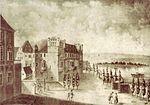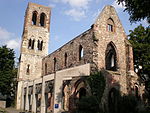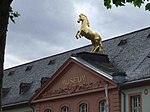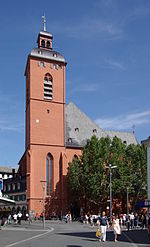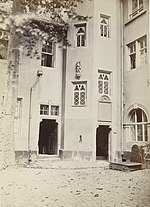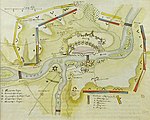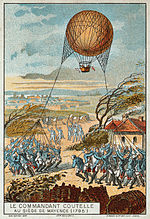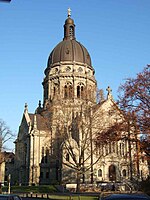Deutschhaus Mainz
1740 establishments in the Holy Roman EmpireBaroque architecture in Rhineland-PalatinateBuildings and structures in MainzBuildings and structures of the Teutonic OrderEpiscopal palaces in Germany ... and 2 more
German Landtag buildingsHouses completed in 1740

The Deutschhaus or Deutschordenskommende (German for "Commandry of the Teutonic Knights") is a historical building in Mainz, western Germany, which is the seat of the Rhineland-Palatinate Landtag.
Excerpt from the Wikipedia article Deutschhaus Mainz (License: CC BY-SA 3.0, Authors, Images).Deutschhaus Mainz
Platz der Mainzer Republik, Mainz Altstadt
Geographical coordinates (GPS) Address External links Nearby Places Show on map
Geographical coordinates (GPS)
| Latitude | Longitude |
|---|---|
| N 50.005277777778 ° | E 8.2716666666667 ° |
Address
Deutschhaus (Deutschordenshaus)
Platz der Mainzer Republik 1
55116 Mainz, Altstadt
Rhineland-Palatinate, Germany
Open on Google Maps

